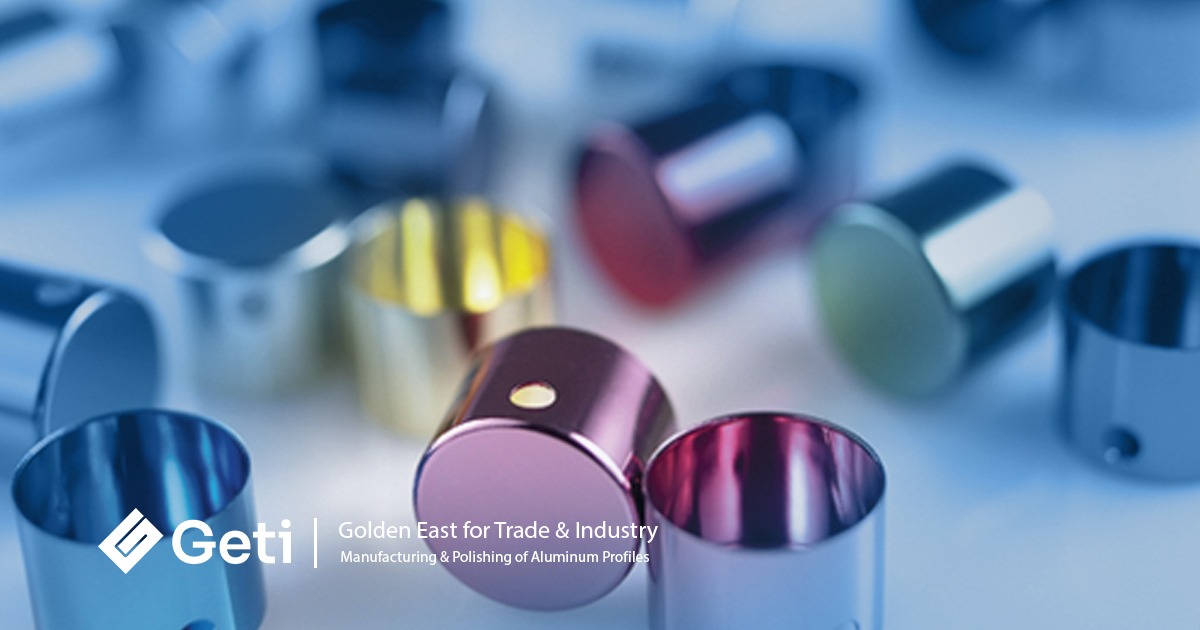Introduction
Anodizing is an electrochemical process that enhances the surface properties of metals, particularly aluminum, by creating a durable and corrosion-resistant oxide layer. This process is a fundamental technique in various industries due to its significant benefits and its positive impact on product longevity and quality.
The Concept of Anodizing
Anodizing involves immersing the metal, typically aluminum, in an electrolytic solution (such as sulfuric acid) and passing an electric current through it. The metal acts as the anode (positive electrode), leading to the formation of an aluminum oxide layer on its surface. This layer is hard, corrosion-resistant, and can be customized in thickness and color.
Benefits of Anodizing in Industry
- Enhanced Corrosion Resistance: The oxide layer formed during anodizing protects the metal from corrosion caused by environmental factors like moisture and pollutants.
- Improved Aesthetic Appeal: Anodizing allows for the addition of various colors to the metal, making it more visually appealing and expanding design possibilities.
- Increased Hardness: The anodized layer is harder than the original metal, improving resistance to scratches and impacts.
- Thermal and Electrical Insulation: The oxide layer acts as an insulator, reducing heat transfer and electrical conductivity, which is useful in specific applications.
- Environmentally Friendly: Compared to other coating processes, anodizing is relatively clean and does not produce harmful chemicals.
Industries Utilizing Anodizing
- Aerospace Industry: Anodizing is used to strengthen aircraft components and increase their resistance to corrosion, enhancing efficiency and operational lifespan.
- Automotive Industry: It improves the durability of aluminum parts in vehicles, such as wheels and engine components, protecting them from wear and tear.
- Home Appliances: Anodizing adds an attractive finish to appliances like refrigerators and washing machines while safeguarding the metal from corrosion.
- Construction: Anodized aluminum is used in windows, doors, and facades for its durability and aesthetic qualities.
- Electronics: The process is employed to create protective outer casings for electronic devices, offering scratch resistance and a modern look.
Why Choose Anodizing?
- Extended Product Lifespan: Anodizing protects the metal from rust and corrosion, significantly increasing the product’s durability.
- Reduced Maintenance Costs: Products with anodized surfaces require less maintenance due to their high resistance to wear.
- Enhanced Efficiency: The improved hardness and insulation properties enhance the functional performance of anodized components.
- Economic Advantage: While the initial cost of anodizing might be relatively high, the reduced maintenance and extended lifespan of products make it cost-effective in the long term.
Conclusion
Anodizing is a vital technique in modern industries due to its substantial benefits in enhancing metal properties and improving corrosion resistance. This process offers a sustainable and effective solution for improving product quality and performance, making it an ideal choice for companies seeking to produce high-quality, long-lasting products.


